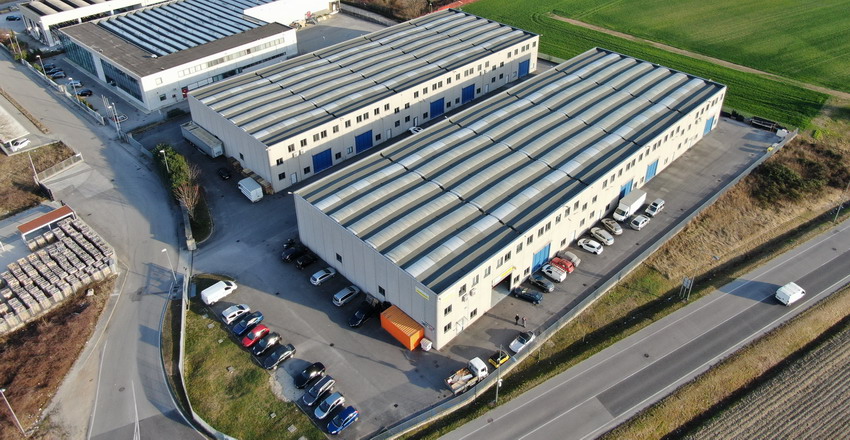
This paper considers the Claustra Alpium Iuliarum late Roman defensive barrier system, drawing on recently published studies and the latest investigative work in the frame of European cross-border projects. Finally, evidence for the persistence of authentic pagan beliefs and rituals after the rise of Christianity in the late ancient, medieval, and modern eastern Alpine region is critically considered. Support for this hypothesis is drawn from a range of historical and archaeological data that reveals the complex manner in which Christians appropriated Late Roman and Early Medieval sacred places, landscapes, and objects (spolia). This chapter identifies the syncretic blending of Christian and non-Christian beliefs and practices as an underappreciated factor in facilitating the spread of Christianity across Europe and the Mediterranean world in the first millennium AD. Most critically, the mechanism that allowed Christianity to rapidly disseminate among the broader population remains under-theorized. While the shifting religious topography of this period has traditionally been seen through the totalizing lens of ‘Christianization’, recent scholarship has highlighted a range of methodological and conceptual limitations with this concept. This chapter investigates the transformation of sacred landscapes from the Late Roman Empire to the Early Middle Ages in the eastern Alpine-Adriatic region (c.

It will appeal to scholars and students interested in medieval history, migration, and the history of Eastern and Central Europe. It addresses the question of migration in the archaeology of early medieval Eastern Europe, and makes a strong case for a more nuanced interpretation of the archaeological evidence of mobility. The book proposes a model of interpretation that builds upon the idea that (Common) Slavic cannot possibly be the result of Slavic migration. This book attempts to provide an answer, and not just a critique of the method of linguistic paleontology upon which the theory of the Slavic migration and homeland relies.

The question of how best to explain the spread of Slavic remains a controversial issue. It is precisely in this area that sociolinguistics can offer a serious alternative to the language tree model currently favoured in linguistic paleontology. It also deals with the linguistic evidence-primarily names of rivers and other bodies of water-that has been used to identify the primordial homeland of the Slavs, and from which their migration towards the Lower Danube is believed to have started. The book engages critically with the archaeological evidence from these regions, and questions its association with the "Slavs" that has often been taken for granted.

Nothing is known about what the inhabitants of those remote lands called themselves during the sixth century, or whether they spoke a Slavic language. Slavs in the Making takes a fresh look at archaeological evidence from parts of Slavic-speaking Europe north of the Lower Danube, including the present-day territories of the Czech Republic, Slovakia, Poland, Belarus, Ukraine, and Russia. 1 Simultaneously, salvage and systematic excavations have brought to light many more sites in northern Croatia, along the southern bank of the Drava (the region known in Croatia as In Slovenia, archaeological excavations carried out between 19 along the route of the highway segment between Celja and Lendava (central and eastern Slovenia, respectively) have brought to light a relatively large number of settlement sites in the valley of the river Mura (part of the region known in Slovenia as Prekmurje), south of present-day Murska Sobota. Large-scale infrastructure programs, such as the construction of highways, have led to the discovery of many new sites.

Over the last few decades, salvage archaeology has completely changed the understanding of the early medieval settlements and cemeteries of East Central Europe. The paper addresses those notions and suggests a new interpretation of the site. However, both the collection and the publication of the radiocarbon dates are faulty, and the conclusions drawn on such a basis are therefore wrong. A relatively large number of radiocarbon dates obtained from charcoal samples collected from that site have encouraged speculations about the date of the Slavic settlement in Prekmurje (the region along the river Mura). One of the most important is Nova Tabla, near Murska Sobota. The recent salvage excavations in Slovenia have brought to light a number of early medieval settlements.


 0 kommentar(er)
0 kommentar(er)
